The 2025 Chevrolet Corvette ZR1: A Rear-Wheel Drive Icon Redefined
The 2025 Chevrolet Corvette ZR1: A Rear-Wheel Drive Icon Redefined
The 2025 Chevrolet Corvette ZR1: A Rear-Wheel Drive Icon Redefined
Introduction
In this auspicious occasion, we are delighted to delve into the intriguing topic related to The 2025 Chevrolet Corvette ZR1: A Rear-Wheel Drive Icon Redefined. Let’s weave interesting information and offer fresh perspectives to the readers.
Table of Content
The 2025 Chevrolet Corvette ZR1: A Rear-Wheel Drive Icon Redefined
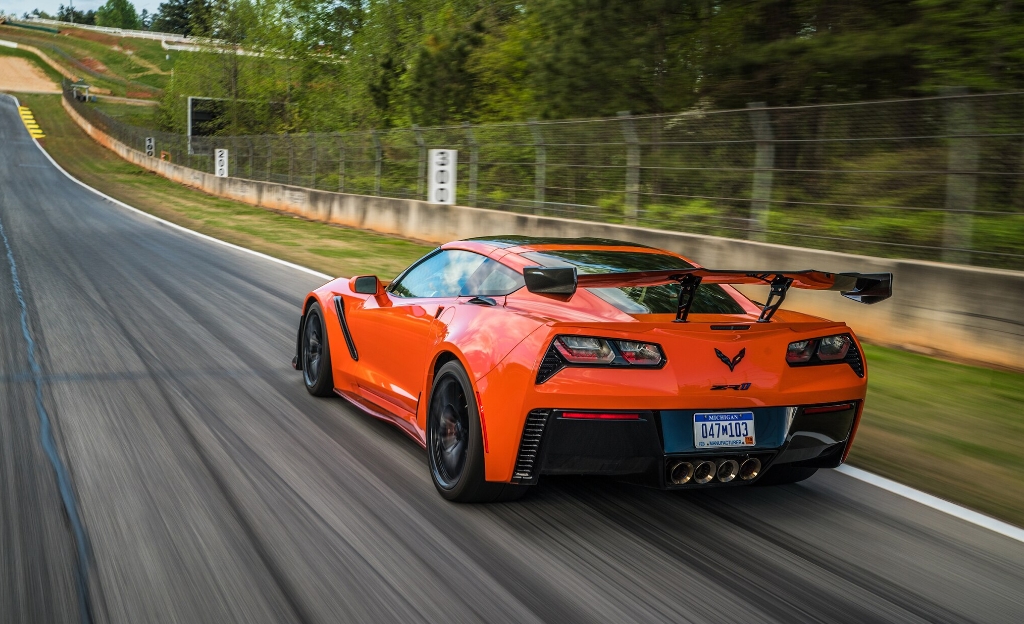
The Chevrolet Corvette has long been a symbol of American performance, and the ZR1 trim level represents the pinnacle of that heritage. As we approach 2025, anticipation for the next generation of this iconic sports car is at a fever pitch. While official details remain under wraps, speculation abounds, particularly surrounding the possibility of a rear-wheel drive configuration for the ZR1.
This article delves into the potential implications of a rear-wheel drive setup for the 2025 Corvette ZR1, exploring its historical context, technical aspects, and potential performance benefits.
The Evolution of Corvette’s Drive System
The Corvette’s journey with rear-wheel drive stretches back to its inception in 1953. The original C1 Corvette was a rear-wheel drive sports car, and the model maintained this configuration through numerous generations. It wasn’t until the introduction of the C8 generation in 2020 that the Corvette embraced a mid-engine layout and a rear-wheel drive system. This shift marked a significant departure from tradition, but it also delivered substantial performance gains and handling improvements.
The decision to move to a mid-engine configuration was driven by a desire to enhance the car’s agility, balance, and overall driving experience. The positioning of the engine behind the driver allowed for a more even weight distribution, leading to improved handling characteristics and a more responsive feel.
The Case for Rear-Wheel Drive in the 2025 Corvette ZR1
While the current C8 Corvette’s mid-engine layout has been lauded for its performance advantages, some enthusiasts argue that a rear-wheel drive configuration for the ZR1 could offer unique benefits, particularly in terms of raw power delivery and driver engagement.
- Unbridled Power Delivery: Rear-wheel drive systems are inherently known for their ability to deliver power directly to the ground, offering a more visceral and engaging driving experience. This is particularly appealing for a high-performance model like the ZR1, where the focus is on maximizing acceleration and track performance.
- Enhanced Driver Control: Rear-wheel drive vehicles typically offer a more direct connection between the driver’s inputs and the car’s response. This allows for greater driver control and feedback, making the driving experience more rewarding and engaging.
- Potential for Lighter Weight: Eliminating the complexity of a front-wheel drive system could potentially contribute to a lighter overall weight for the ZR1. A lighter car generally translates to better acceleration, handling, and braking performance.
- A Nod to Heritage: Returning to a rear-wheel drive configuration for the ZR1 would be a symbolic gesture, paying homage to the Corvette’s rich history and its early rear-wheel drive heritage. This could resonate with enthusiasts who appreciate the traditional aspects of the Corvette.
Technical Considerations
A rear-wheel drive configuration for the 2025 Corvette ZR1 would require significant engineering adjustments. The current C8 Corvette’s mid-engine layout and rear-wheel drive system are intricately integrated, and transitioning to a traditional front-engine, rear-wheel drive setup would necessitate modifications to the chassis, suspension, and powertrain.
- Engine Placement: The engine would need to be moved from its current mid-engine position to the front of the vehicle. This would require significant changes to the chassis structure and potentially a new engine design.
- Weight Distribution: Shifting the engine to the front would dramatically alter the car’s weight distribution. This would require extensive adjustments to the suspension and chassis to maintain optimal handling and balance.
- Transmission Options: The ZR1’s transmission would need to be adapted for a rear-wheel drive configuration. This could involve the use of a new transmission or modifications to the existing unit.
- Powertrain Integration: The entire powertrain, including the engine, transmission, and drivetrain components, would need to be carefully integrated to ensure optimal performance and reliability.
Potential Performance Benefits
Despite the technical challenges, a rear-wheel drive ZR1 could potentially offer significant performance benefits.
- Improved Acceleration: With a more direct power delivery, the ZR1 could experience improved acceleration times, potentially rivaling or even exceeding the performance of the current C8 Corvette.
- Enhanced Handling: A rear-wheel drive setup could provide a more predictable and engaging handling experience, particularly on the track.
- Increased Driver Engagement: The direct connection between the driver’s inputs and the car’s response, coupled with the visceral nature of rear-wheel drive, could enhance driver engagement and make the ZR1 even more rewarding to drive.
FAQs
Q: Is a rear-wheel drive ZR1 confirmed for 2025?
A: As of today, Chevrolet has not officially confirmed a rear-wheel drive configuration for the 2025 Corvette ZR1. The information presented here is based on speculation and industry analysis.
Q: What are the chances of a rear-wheel drive ZR1?
A: While there is no official confirmation, the possibility of a rear-wheel drive ZR1 cannot be entirely ruled out. Chevrolet has demonstrated a willingness to experiment with different powertrain configurations in the past, and the demand for a rear-wheel drive performance Corvette is undeniable.
Q: What other powertrain options are possible for the 2025 Corvette ZR1?
A: Besides a potential rear-wheel drive setup, the 2025 Corvette ZR1 could also feature a hybridized version of the current mid-engine powertrain, offering increased power and efficiency.
Q: What are the potential drawbacks of a rear-wheel drive ZR1?
A: While a rear-wheel drive ZR1 could offer performance advantages, it could also have drawbacks. The shift in weight distribution could potentially affect the car’s handling balance, and the rear-wheel drive system might be less efficient than the current mid-engine setup.
Tips
- Stay Informed: Keep an eye out for official announcements from Chevrolet regarding the 2025 Corvette ZR1.
- Research Existing Models: Study the performance characteristics and driving dynamics of previous Corvette models to understand the potential benefits and drawbacks of a rear-wheel drive configuration.
- Engage with the Community: Join Corvette enthusiast forums and online communities to discuss the possibilities and share insights about the 2025 Corvette ZR1.
Conclusion
The 2025 Corvette ZR1 promises to be a game-changer in the world of high-performance sports cars. While its final configuration remains a mystery, the possibility of a rear-wheel drive setup offers intriguing possibilities for enhanced performance, driver engagement, and a nod to the Corvette’s rich history.
Whether Chevrolet ultimately chooses to embrace a rear-wheel drive configuration for the ZR1 or pursues other powertrain options, the 2025 model is poised to be a testament to the brand’s commitment to innovation and performance excellence.
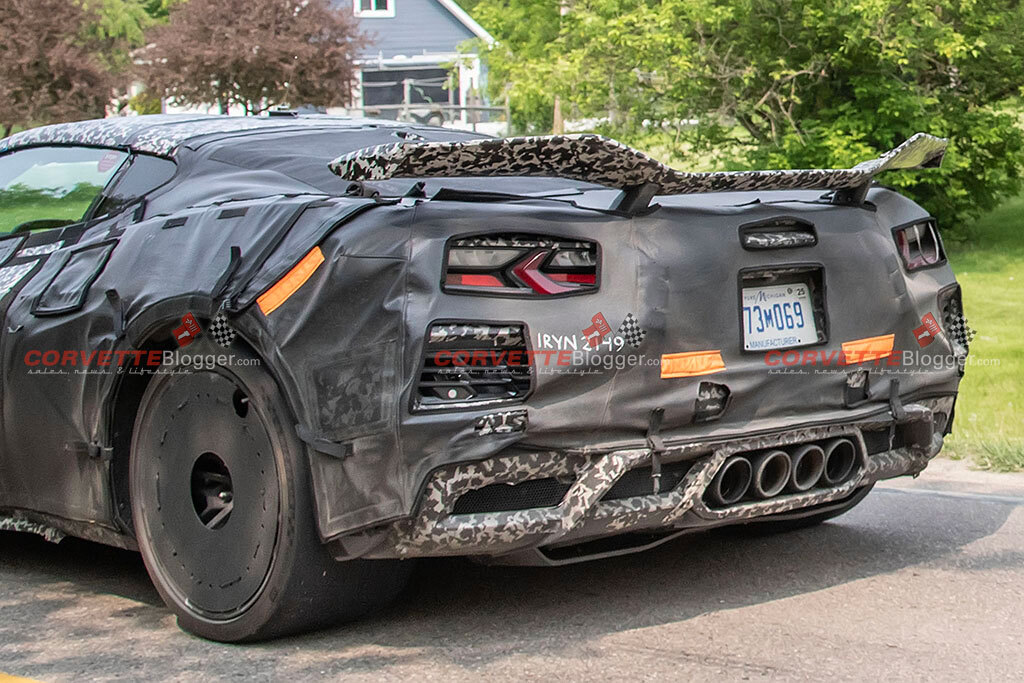



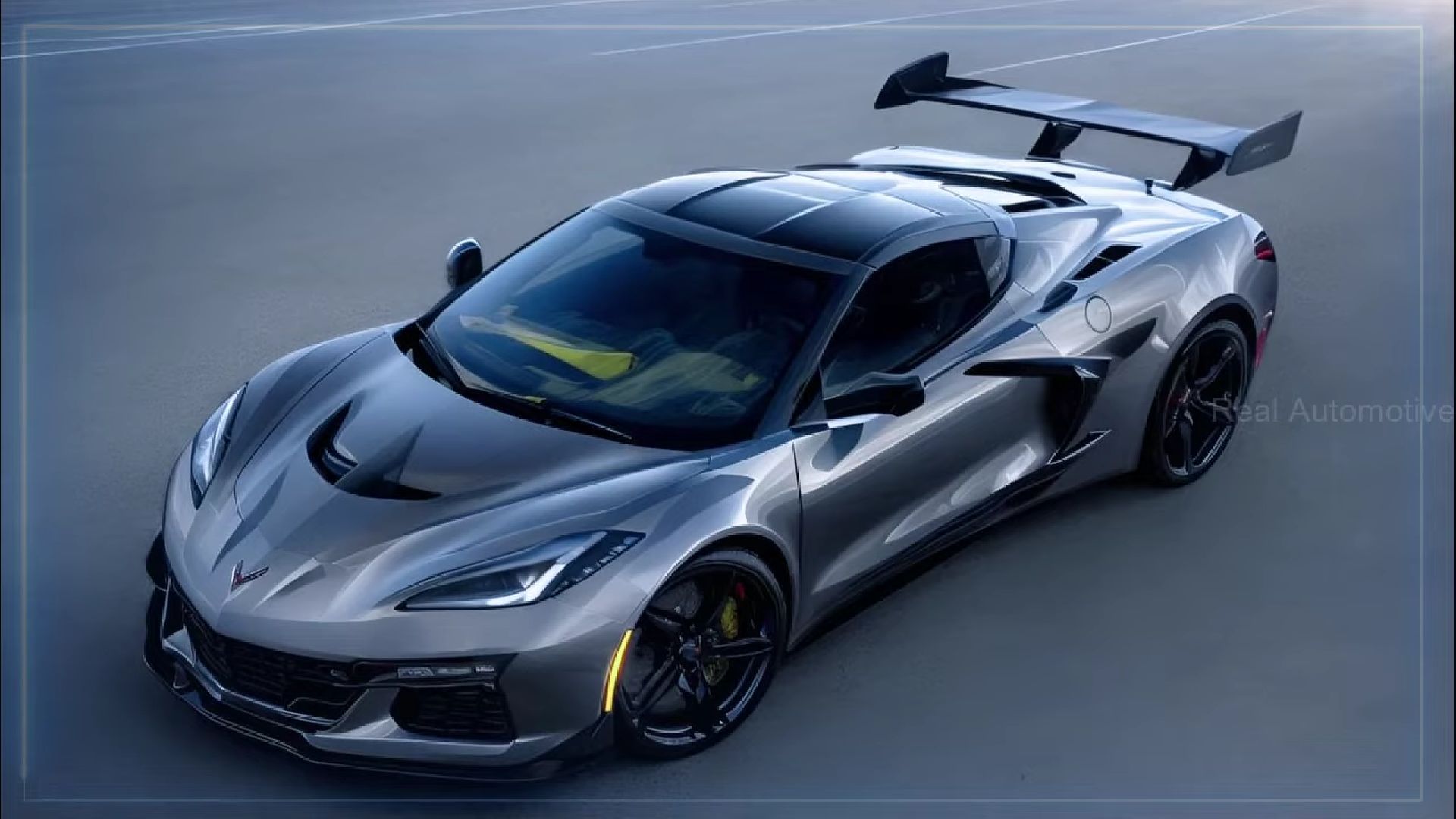
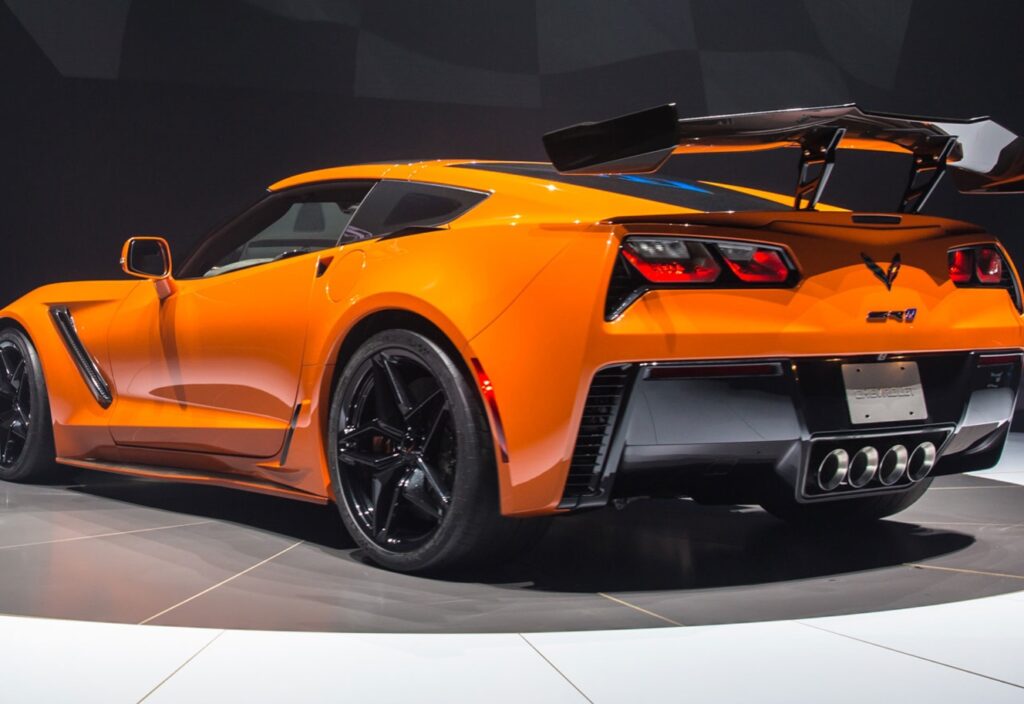
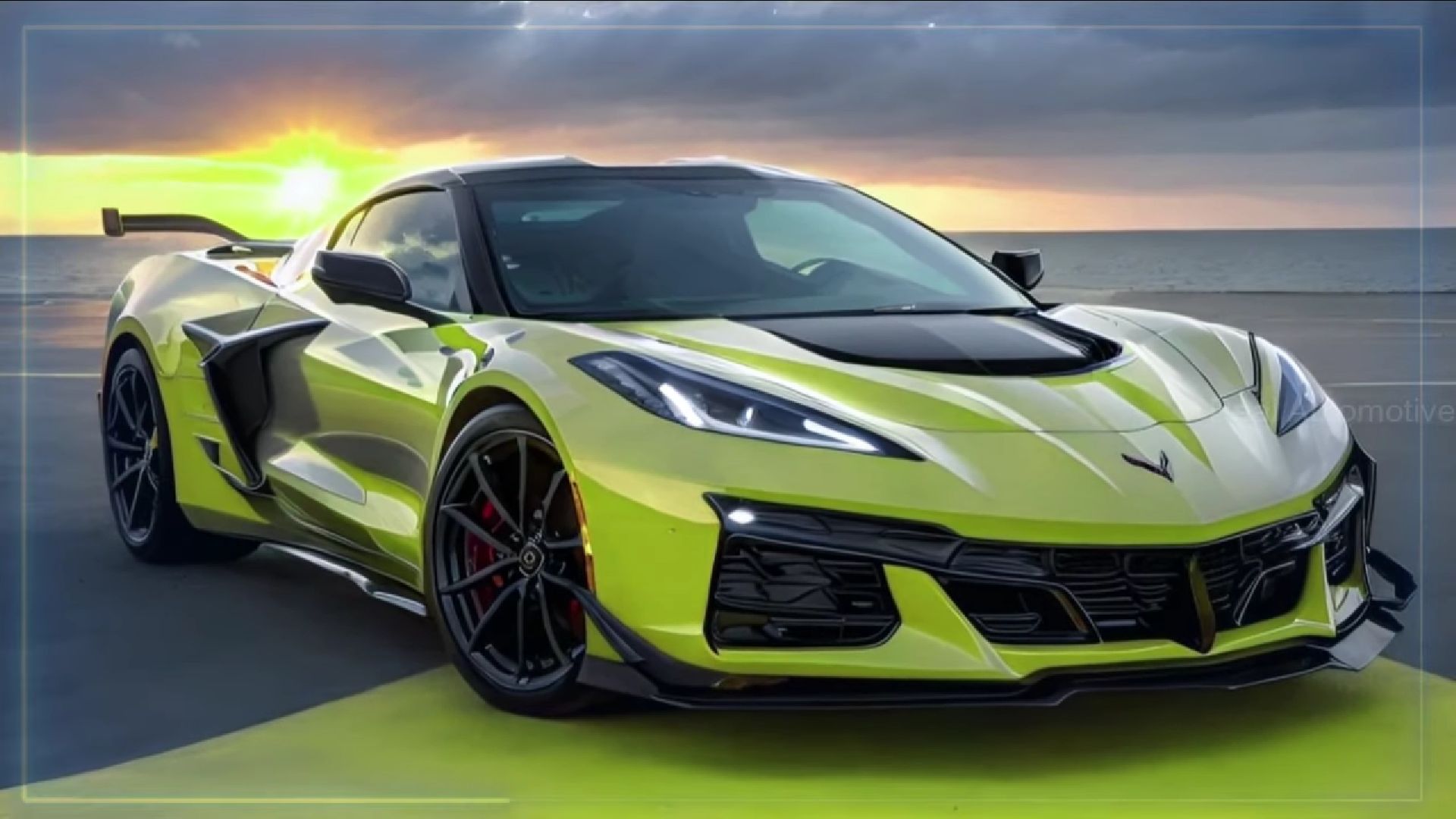

Closure
Thus, we hope this article has provided valuable insights into The 2025 Chevrolet Corvette ZR1: A Rear-Wheel Drive Icon Redefined. We hope you find this article informative and beneficial. See you in our next article!